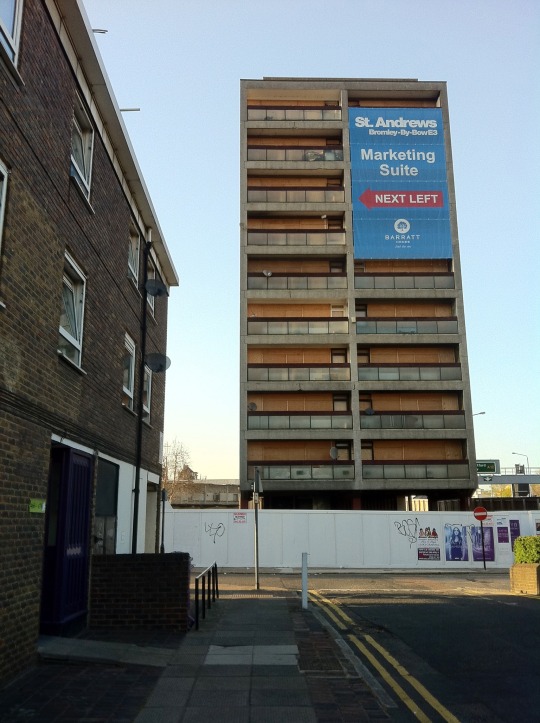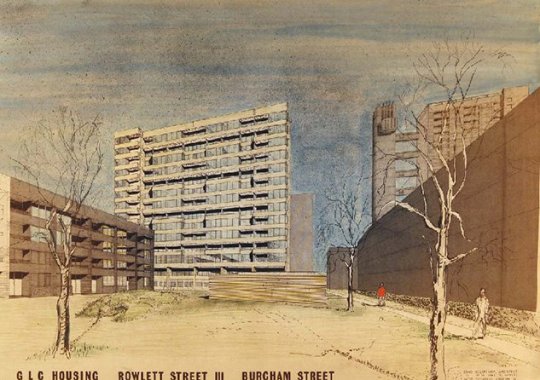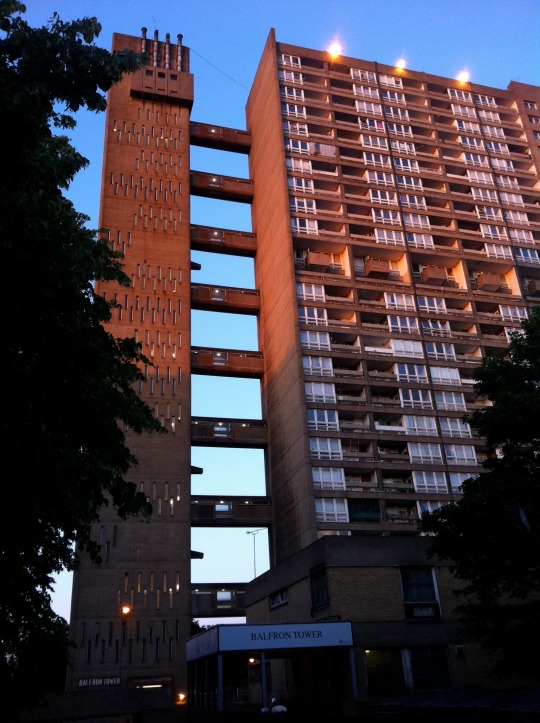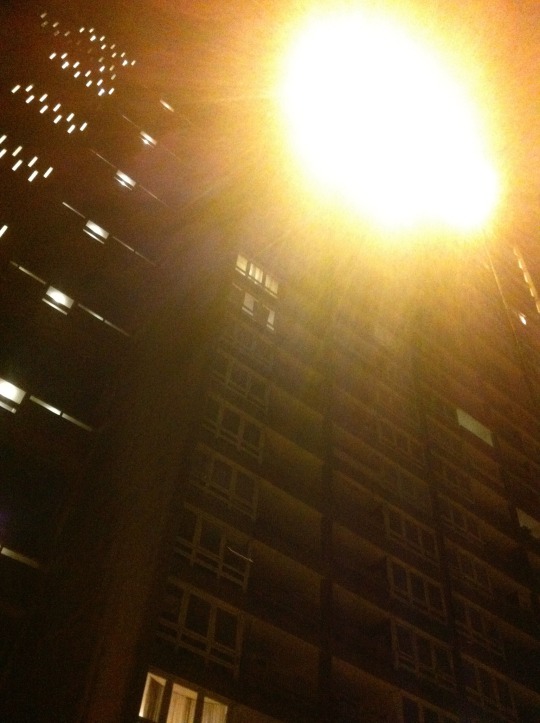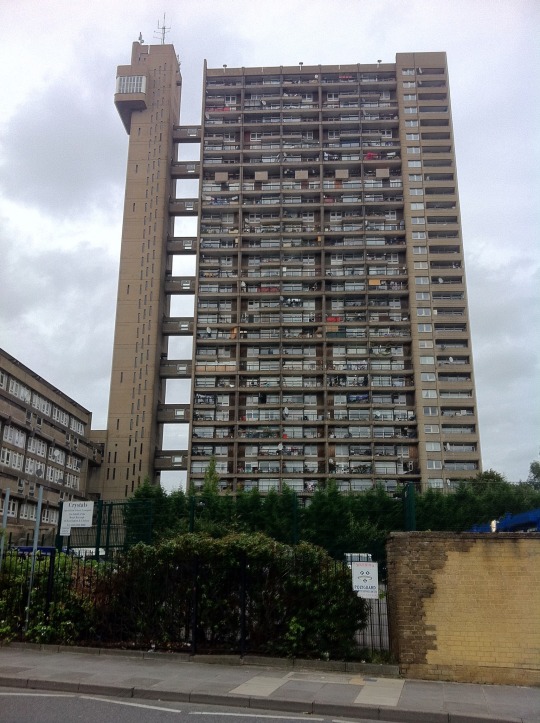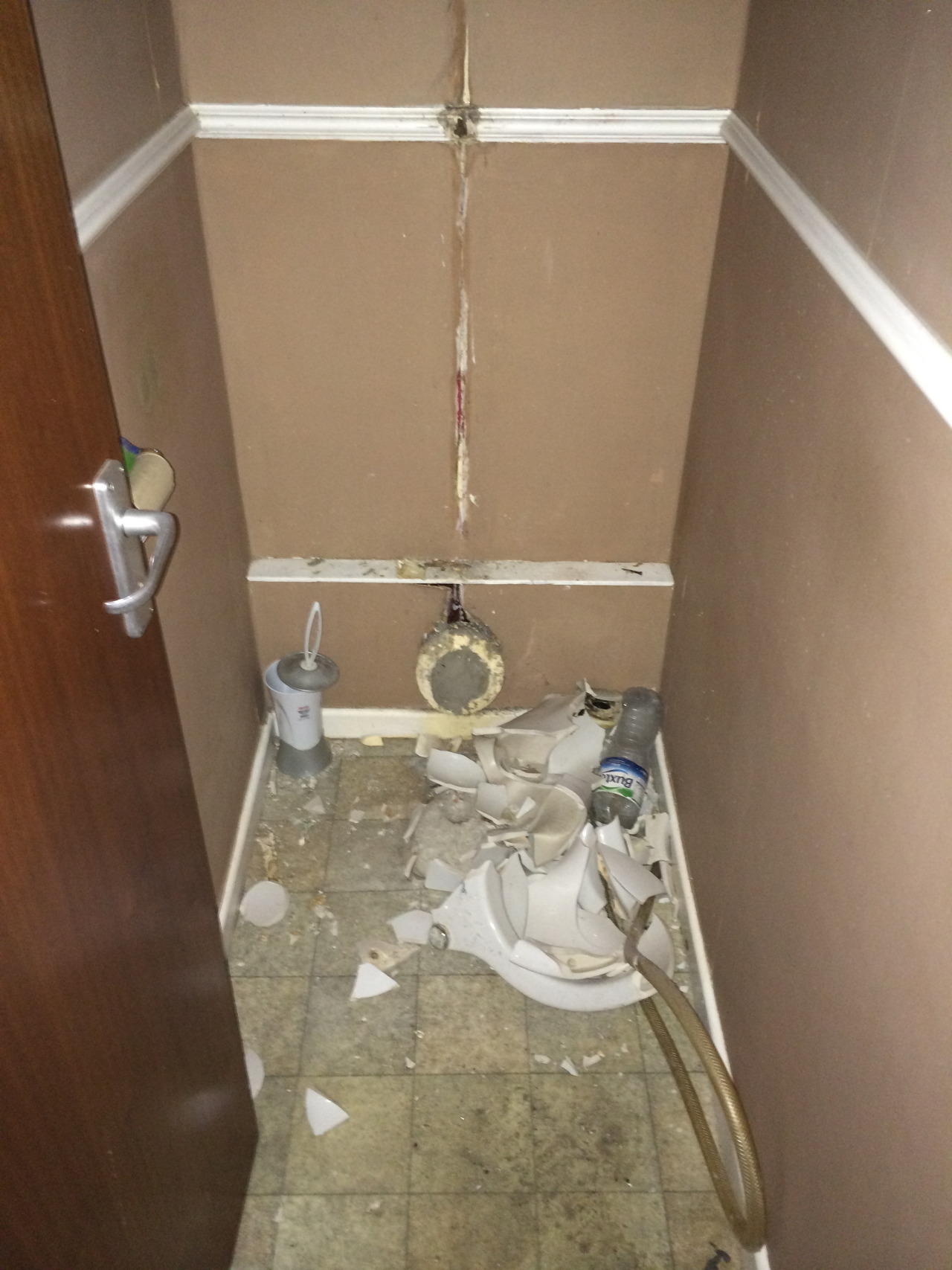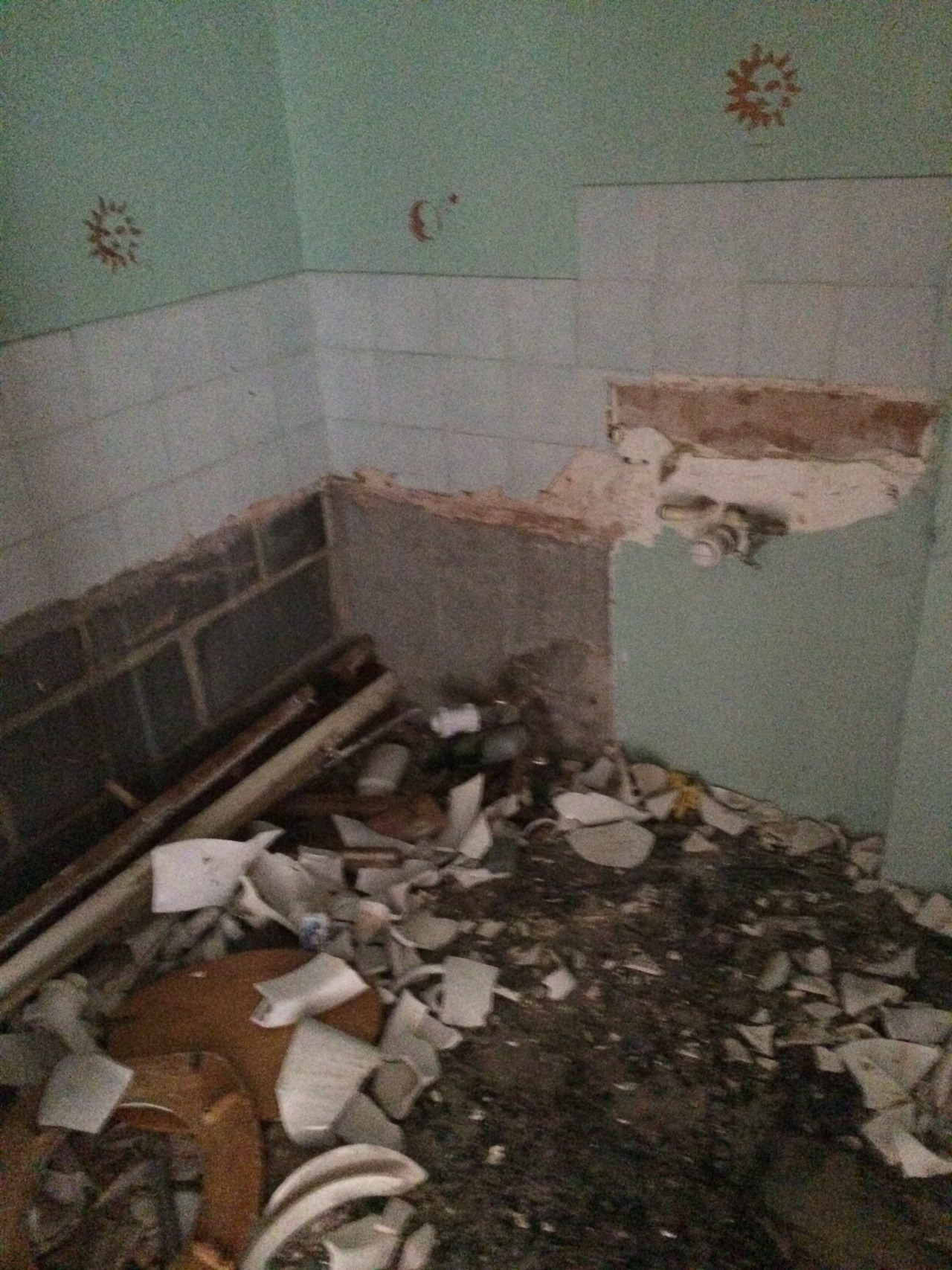It has come to our attention that a new and ‘innovative’ art practice is coming to the area. It is an organisation that engages in… wait for it: ‘Social Art Practice’.
This post is not about this particular organisation, it about the very existence of such organisations. It is about the artists, theorists, and community workers who are contextually obliged to work in this area of art practice. It is about the times we live in, social cleansing in the UK, and the ways in which policy makers and developers are colluding to expropriate art practice for their own ends. It is about how talented and well meaning people are fed through an art world, increasingly co-opted by their very own educations, to foster and facilitate the process of social cleansing. It is about the ways in which councils, developers, and the government are using the word ‘art’ to create chaos and homelessness, forging policy and a community aesthetic that actually implicates the very people it displaces.
Social practice is the new ‘relational’, an art practice with a long history. Art education, generally, has become increasingly aimed towards that which ‘engages’, art that generates ‘dialogue’, art that allows for a participatory medium, art that offers and creates a ‘desired path’ for both practitioner and the community he or she is working in. From galleries to grass level projects, the practice of art has become ‘socially engaged’, ‘participatory’, and is designed to foster ‘social change’.
All very well, we say. Art and its practice is cyclical and reflects the needs and desires of its times. However, it must be recognized that our current ‘times’ have been co-opted at every turn. The ‘practice’ of our everyday lives is channeled through commodified movements around and within our city. Our private lives are curated from without, and it is near impossible to resist the puppet string, let alone recognize it exists.
There is a two-fold problem when it comes to art practice in our time: firstly, universities and institutions themselves are increasingly coming under pressure to conform to and woo corporate funding. Austerity cuts have seen the field of education funneled through practice that ‘benefits’ society, in a way that is measured out by successful funding grants, bursaries, and transfer payments.
The two-fold aspect in play is that austerity and government pull back on funding for education, the arts in particular, means that much of the money available is private, and or publicly funded with corporate interest at play. This is reflected in the increasingly managerial university or institution. This is reflected in the ways in which projects and individuals are funded. This is reflected in the production of the ‘art professional’, the ‘art policy maker’, the ‘artist manager’, the ‘head of creativity and innovation’. This is reflected also in how an emerging artist who truly wants to engage in their practice in any meaningful way either becomes completely marginalized and unable to work, or they join the club to make ends meet. The ‘cultural sector’ job becomes the prize.
There you have the perfect storm: the birth of the community based Social Art practitioner, feeling lucky to get that first commission, that first residency, that first step in the ‘art world’. The community based Social Art practitioner, is ready made, pop up, and funded by the lottery, in partnership with councils and developers. The Social Art practitioner is placed in sites of contestation, and asked to do the footwork of those who really are creating concrete social change: the social cleansers.
The material conditions of these sites of contestation are complicated, and there is a blind field. While social policy makers sit in premium locations like the RSA to discuss and tweak a ‘response’ to (response being a code word for ‘how do we talk about this so it doesn’t look so bad?) community ‘problems’, real artists that struggle to exist economically and spiritually are not invited to the table. They are outsiders, and are excluded. That is until they are ‘commissioned’ by the agents of ‘social cleansing’ to go into the community and ‘work’ with residents.
There is a double narrative in play here in London and Poplar, a particularly difficult site for policy makers to navigate simply because the architecture itself is literally ‘hot property’. We are seeing a revival in appreciation for Brutalist architecture generally. Specifically, Balfron Tower, its history and its architect render it materially necessary. Unlike other social housing sites in and around the UK, Balfron Tower must stand; demolition and the erasure of its bricks, mortar, and social history cannot be achieved. It is to be socially cleansed, and we make no bones about the actual desires and wishes of the community; that there is maintained a minimum of 50% social housing on the site. However, as Poplar HARCA systemically clears the site of its original community, it is replacing the real community with a community of artists. It is using the élan of ‘art’ to sell up, to create a ‘new and vibrant’ community that justifies the huge price tickets on developments nearby.
Balfron Tower is literally ‘hot property’, prime real estate, simply because it has been stolen from the community and replaced by a purposefully curated arts community. Increasingly, the terms and conditions of this new and innovative community are that they conform to an aesthetic. Their work and their projects are checked for their degree of acceptability against a backdrop of community decimation. Those that do not conform meet with intimidation and eviction. It is risky for these struggling and emergent talents to speak out, to produce truly politically engaged art. There are some severely unhappy artists facing homelessness, and or giving up on their art careers altogether if they do what is their trade: produce work that reveals that which lies beneath the surface. They have been forced to produce and reproduce a surface veneer, and are changing how regeneration looks. They are scared to speak out. But there are rumblings echoing in the drying rooms and the lift shaft, mysteriously stripped of their machinery.
Enter the clowns: the eminent arrival of Social Art Practice. Funded by its partners in both government and UnPopular HARCA, their aim is self-generated. Their aims are: “engaging more citizens creatively; providing viable options for artistic employment; and initiating positive social change through ‘self-direction’, ‘wellbeing’, and ‘community feeling’.”
We have seen this time and again at other sites, now long since demolished. Housing developers, and indeed socially engaged, council funded arts organisations use a similar language. There is a new currency: ‘social capital’ and ‘enterprise’. ‘Social practice’ and ‘place-making’ are the new policy buzzwords. Planning and policy is being forced through this language, and it changing how regeneration looks, and presented up as ‘grassroots’. All the while, meaningful grass-root community led practice is evicted, torn down, decanted.
We here at Balfron Social Club are loathe to criticize the organisation, or the people who must do this work, as we are more than aware that they too, are pawns in a much larger game, being moved about a chess board created by high finance and a neo-liberal agenda for ‘social change’ that does not have room for any of us. ‘Community feeling’ is a precursor for decanting. If we can all feel good about our pop up art, our participation in dialogue, if we can just be kept that busy…when the eviction notice hits the floor maybe, just maybe we will play along.
But no, the ‘positive social change’ being suggested by this new arrival is nothing short of a rebranding exercise and an attempt at damage control. We at Balfron Social Club are not fooled by the arrival of an ‘arts’ practice, sponsored by the very organisation that effectively swept through the estates, asset stripping as they went.
There was a time that housing was seen as a right. Now it has been created in the image of asset management. This is being curated by policy makers and planners, through development companies, councils, and rebranded through arts practice. There is an undercurrent at Poplar, it is getting louder and there are some very unhappy people.
Brutal, indeed.
Balfron Social Club
Poplar
13 April 2015
